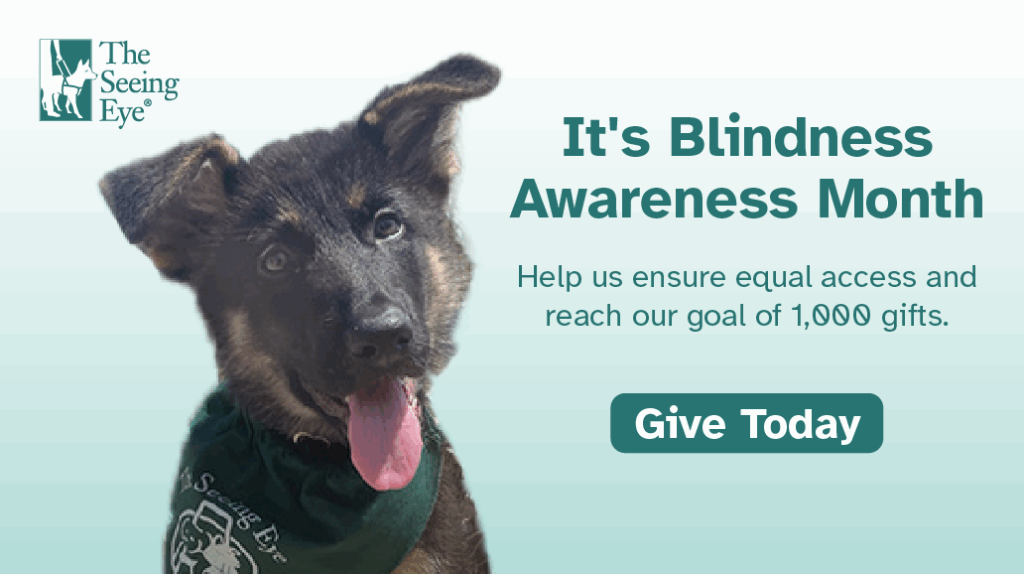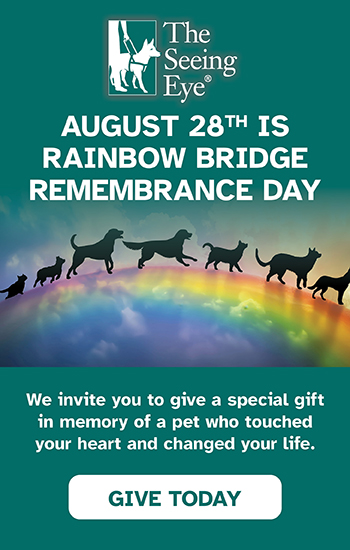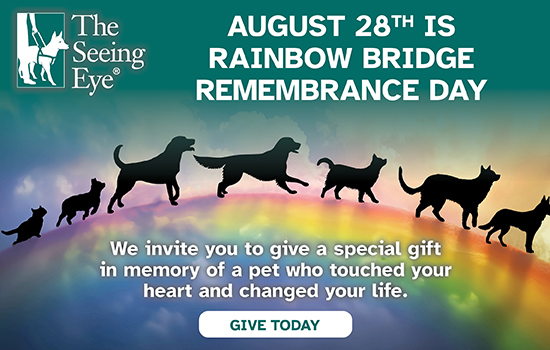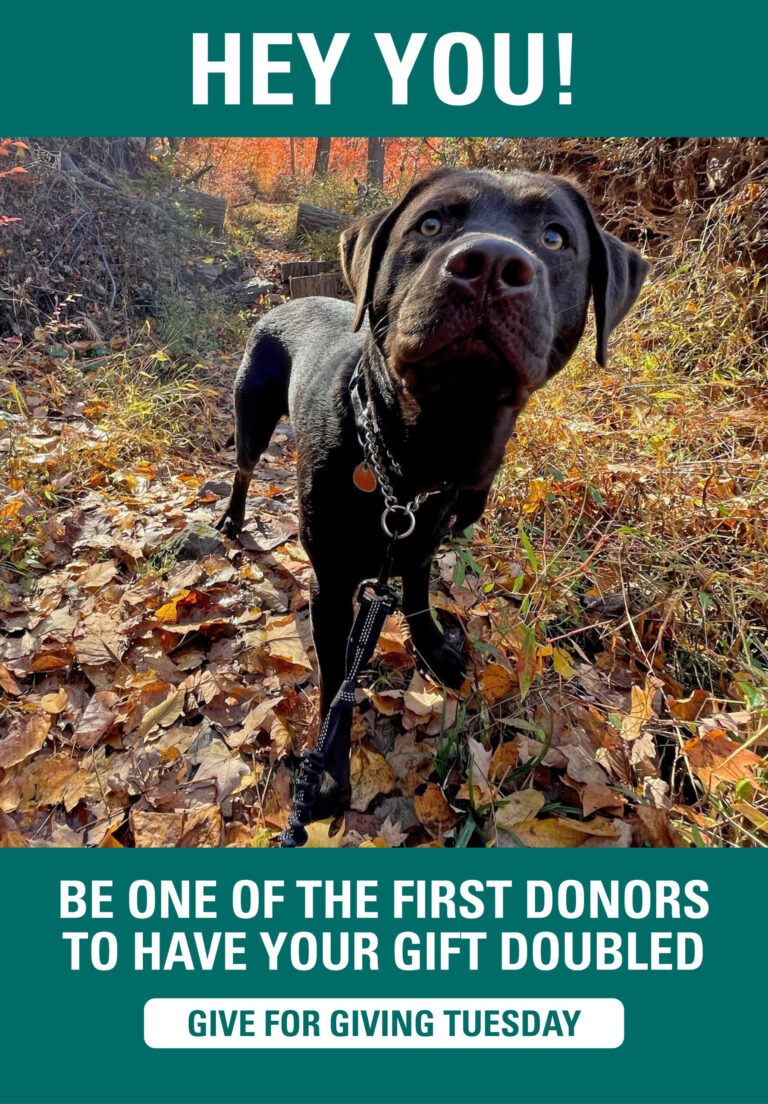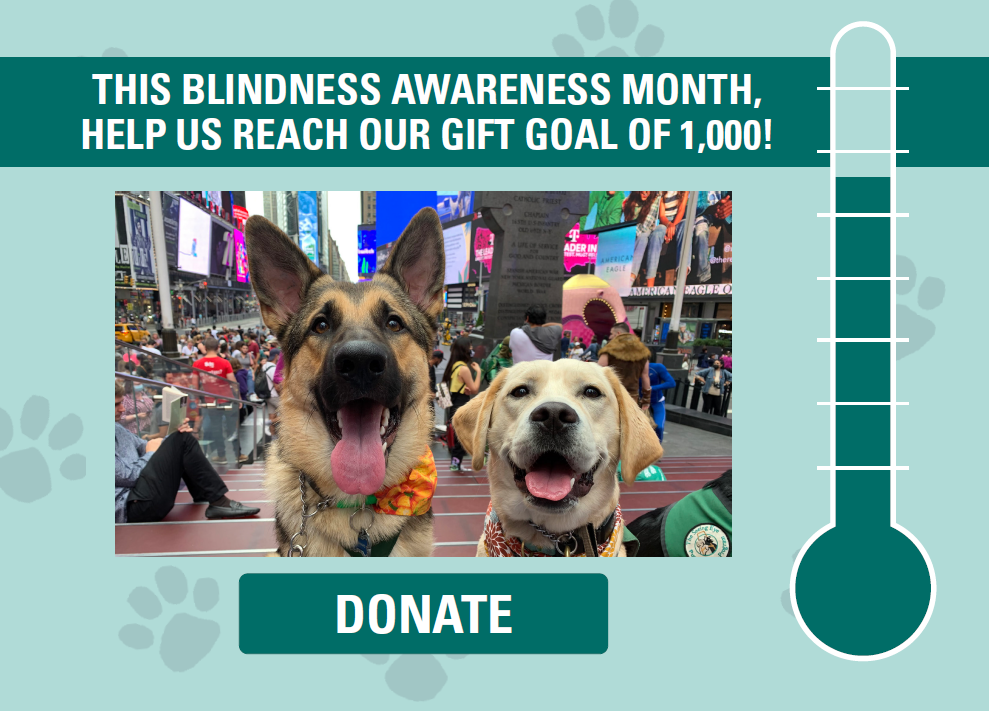Access & Advocacy
Helpful Tips for Guide Dogs at Work
Helpful Tips for Guide Dogs in the Workplace
What Can Be Expected of a Guide Dog Partnership?
Although both Federal and state law allow guide dogs in the workplace, it is the handler’s responsibility to provide for the care and supervision of the dog. The following guidelines address issues of etiquette, discipline, respect of persons and property, and common courtesy, with the understanding that safe and effective guide work is always the paramount goal.
Good canine grooming is an ongoing obligation. While it is not necessary to bathe a dog on a regular basis, several minutes daily with a comb and brush will add greatly to the dog’s appearance and social acceptability. Regular grooming will also add to the dog’s overall well-being.
The dog owner is responsible for the care of his or her dog, but employers may have to provide accommodations that enable the owner to do so. The employer should consult with the handler to find out what accommodations are needed to care for the working dog. For example, a safe, convenient area somewhere on the premises is needed for the dog to relieve itself. Although the handler is responsible for cleaning up after the dog, the employer and the handler should work together regarding relief area location, maintenance, and the consistent placement of outside trash receptacles.
Respect for the space and property of others is an important principle in the workplace. Whether working on the street or relaxing in the office, the dog and its behavior is the responsibility of the handler. Not everyone is a dog lover, and any guidelines concerning dogs in the workplace must consider those who are unfamiliar with or fearful of dogs. Such individuals often gain “comfort” in knowing that the dog is secured, and thereby not permitted to make undesired or surprise contact. It is equally important to provide effective management for a working dog around those who have overpowering positive feelings toward dogs.
Although dogs generally love attention, when not actively working the dog should be quiet and inconspicuous. Keeping the dog confined will minimize social interaction. The Seeing Eye believes that a “Working Dog — Please Ignore” policy is best and encourages handlers and employers to educate co-workers and the public to this effect.
There are options when considering how a dog might be “confined”. In some circumstances, simply putting the leash around a desk leg serves as a sufficient restraint. Dogs should never be secured to anything that moves. In other cases, a “cable tie down” might prove to be more effective. (A tie down generally refers to a more permanent means of restraint that can be fastened, by way of a screw eye, to heavier furniture or a baseboard, or looped around a desk leg.)
Another option is the use of a portable kennel, or dog crate. Soft crates are a popular option today. To some this has a negative sound or connotation. Actually, the dog quickly recognizes the kennel as home. The kennel should be in proximity to the handler; it prevents the dog from being stepped on and serves to keep others from engaging the dog if the handler steps away briefly. While periods of separation can vary in duration, 1 to 2 hours is often considered reasonable.
Conclusion
While working dogs are mostly seen “at work” or “in uniform”, they do have a life outside of their working routines. Guide dogs are active participants in family life; they play and engage in many types of recreation and leisure activities. Combined with the praise the dog receives for its work, the guide dog leads a very fulfilling life.
Today, working dogs are legally permitted and warmly welcomed in all public places and on all public transportation. With common sense and mutual consideration, a guide dog can easily fit into your workplace.
If you would like more information about guide dogs in the workplace, contact The Job Accommodation Network (JAN), a service of the Office of Disability Employment Policy in the U.S. Department of Labor. JAN’s consultants offer one-on-one guidance on workplace accommodations, the Americans with Disabilities Act (ADA) and related legislation. To learn more about this free service, visit:
http://askjan.org or call (800) 526-7234.
